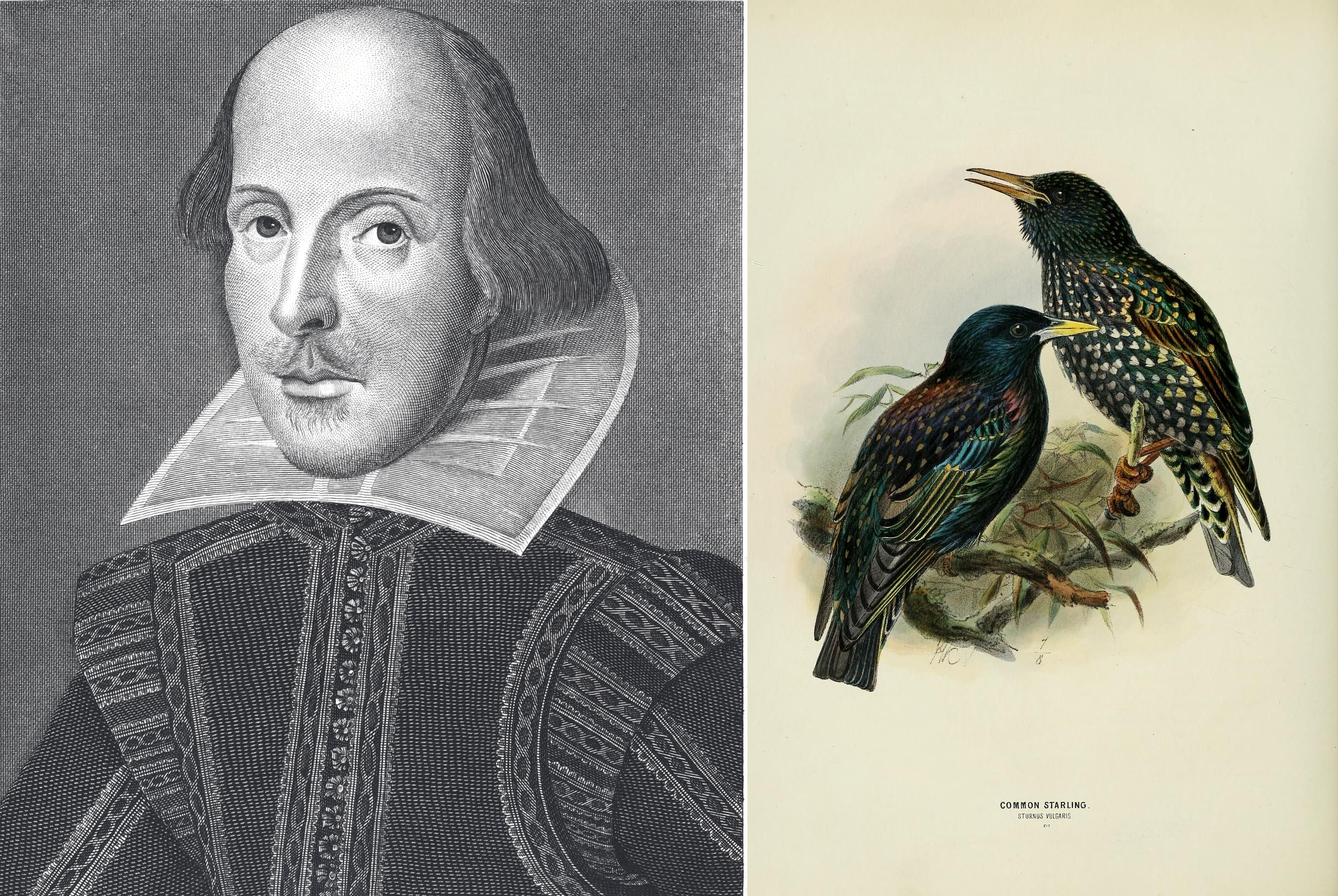
- New York, March 6, 1890. The members of the American Acclimatization Association, chaired by President Eugene Schieffelin, liberated 60 Arabs in Central Park, in the heart of the city. Today, 200 million specimens of this species live throughout North America.

The first acclimatization association was founded in Paris in 1854 and similar organizations soon emerged in other cities and countries. The aim of the acclimatization associations was to “enrich the biodiversity of a given region with animals and plants from other parts of the world”. Lovers of acclimatisation acted with good intent, but today we know that the mixture of species causes ecological deterioration.
Eugene Schieffelin (1827-1906) had two hobbies: birds and Shakespeare. And all the time and the resources needed to make those two passions -- he belonged to a rich, pioneering family in the pharmaceutical industry. And it occurred to him that he could join the two hobbies, taking advantage of his position in the Acclimatization Society: In the works of Shakespeare, I would introduce all the species of birds mentioned in the United States.
Eugene Schieffeline thought he could unite his two hobbies: I would introduce in the United States all the species of birds mentioned in Shakespeare's plays.
For the benefit of indigenous species, the first efforts of the associates and the president failed: the fin, the rope and the fox did not proliferate in the new environment. The same was happening with the arabozos released at the end of the winter of 1890, which a few months later left another 40 specimens in the park. In vain, as the next winter approached, the starlings began to fall one by one.
But a few examples, ironically, found their support at the Museum of Natural History in Central Park. They overcame that winter and the next, and by 1900 you could see the birds that had been taken from Europe flying around the city. In the 1920s it occupied the entire eastern part of the United States. And by 1950, they came to California, the other end of the country. In 1960 the Arabs caused an air accident, the aircraft found a balance, lost control and crashed, causing the death of the entire crew.
But in addition to this deadly anecdote, the plague of the scratches also caused and will cause more serious consequences. Currently, about 200 million starlings live in North America. They destroy farmland and produce losses of millions of dollars in agriculture. In addition, diseases spread and many indigenous species that cannot compete with them are on the verge of extinction.